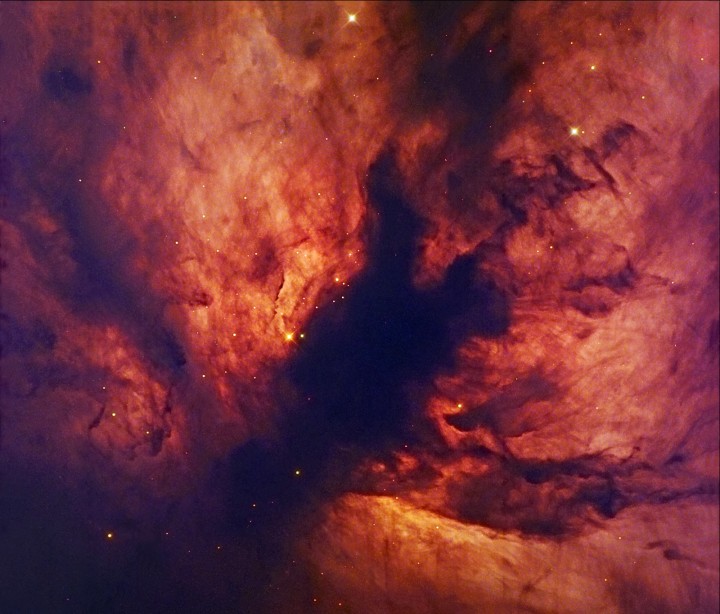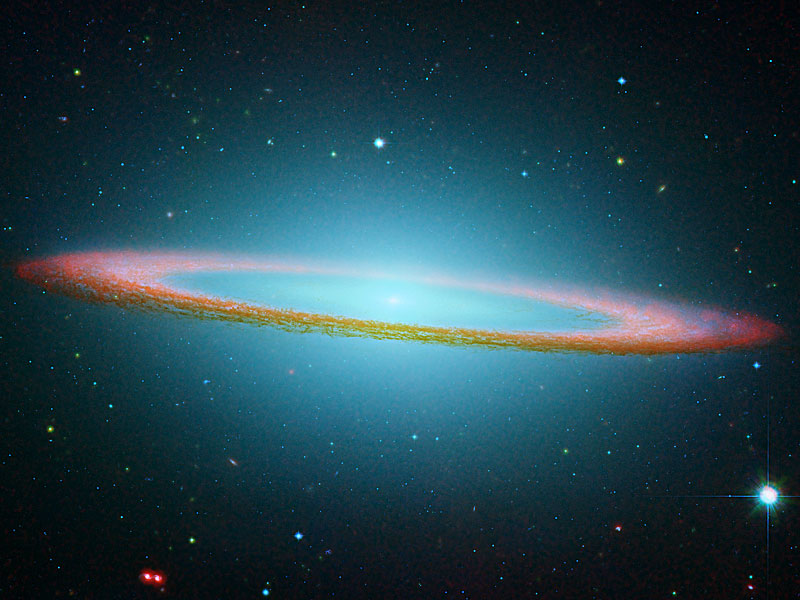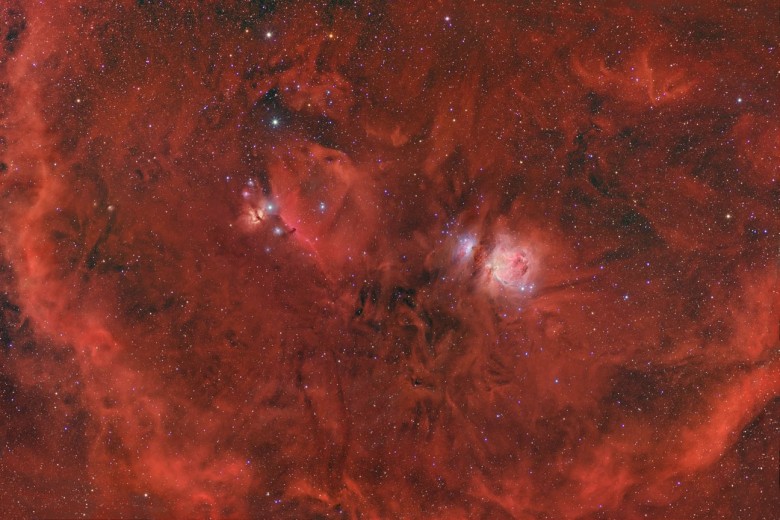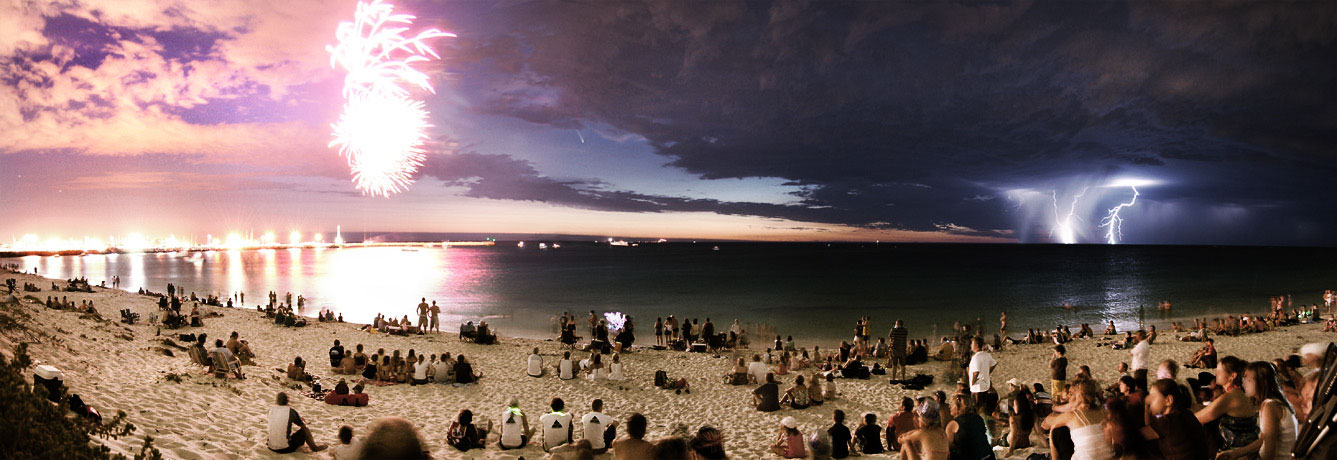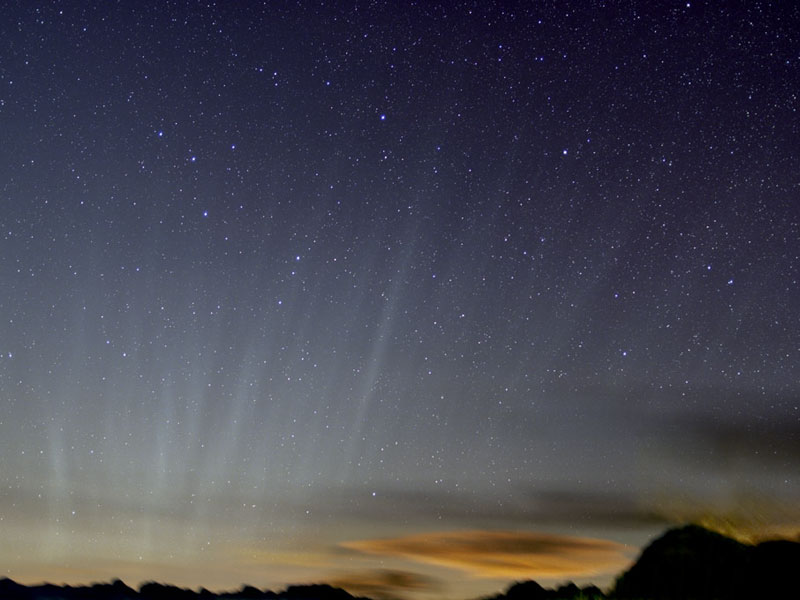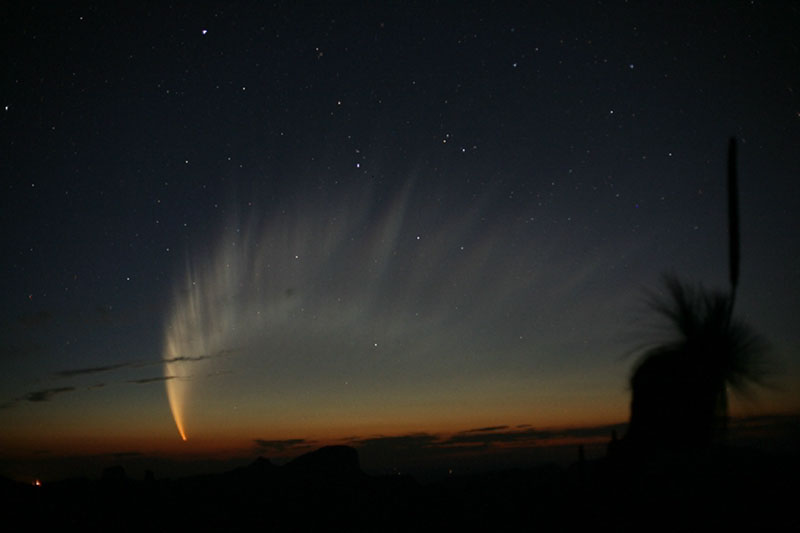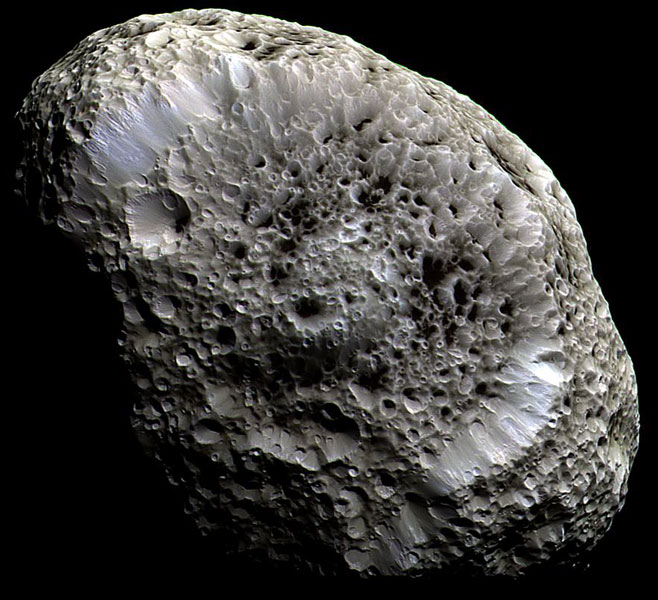 Venezuelan President Hugo Chavez has been granted new special powers after an extraordinary assembly vote in the main square of the capital, Caracas.
Venezuelan President Hugo Chavez has been granted new special powers after an extraordinary assembly vote in the main square of the capital, Caracas.
Mr Chavez will now be able to rule by decree for the next 18 months.
His planned reforms will affect the energy sector, telecommunications, the economy and defence, among others.
Mr Chavez has said the legislation will transform the country into a socialist society. Opponents describe the new law as an abuse of power.
In the open-air public ceremony in the capital, lawmakers voted unanimously to grant the Venezuelan leader the new powers, shouting: "Long live Socialism."
Congressional Vice President Roberto Hernandez said the assembly passed the law so Mr Chavez could "urgently set up the framework for resolving the grave problems we have".
According to the so-called enabling law, the president can remake laws for "the construction of a new, sustainable economic and social model" to achieve an equal distribution of wealth.
Mr Chavez will be able to effect change by presidential decree in 11 broad areas.
Commanding position
It is expected that President Chavez will, in effect, nationalise the oil and gas industries, taking a majority share in their ownership.
 Mr Chavez has huge assembly support after an opposition boycott |
The move will involve companies like Exxon, BP and Chevron but it is uncertain what, if any, form of compensation those companies might receive.
Mr Chavez has popular support after his re-election victory last year, the assembly has been on his side since the opposition boycotted parliamentary elections in 2005, and Venezuela is reaping huge revenues from high oil prices.
He wants to scrap presidential term limits and rewrite the constitution to build what he calls "socialism for the 21st Century".
Officials say he has no intention of turning Venezuela into a communist state, arguing that freedom of speech and religion will all be safe.
But the US has again been critical of his leadership.
John Negroponte told a hearing to confirm his position as the new deputy secretary of state that Mr Chavez has not been a "constructive force in the hemisphere".
"He has been trying to export his kind of radical populism and I think that his behaviour is threatening to democracies in the region," Mr Negroponte said.
source: bbc.co.uk
